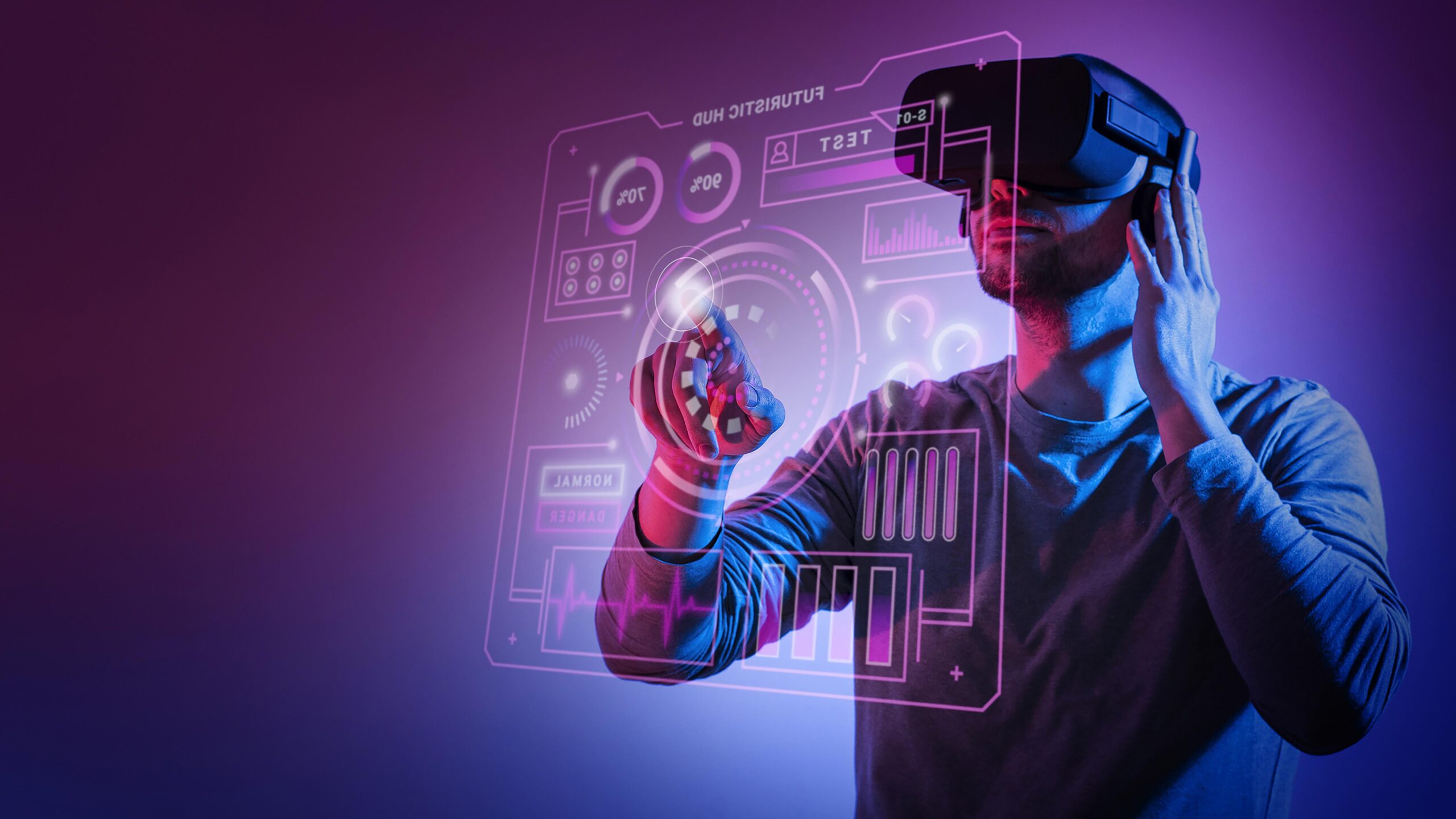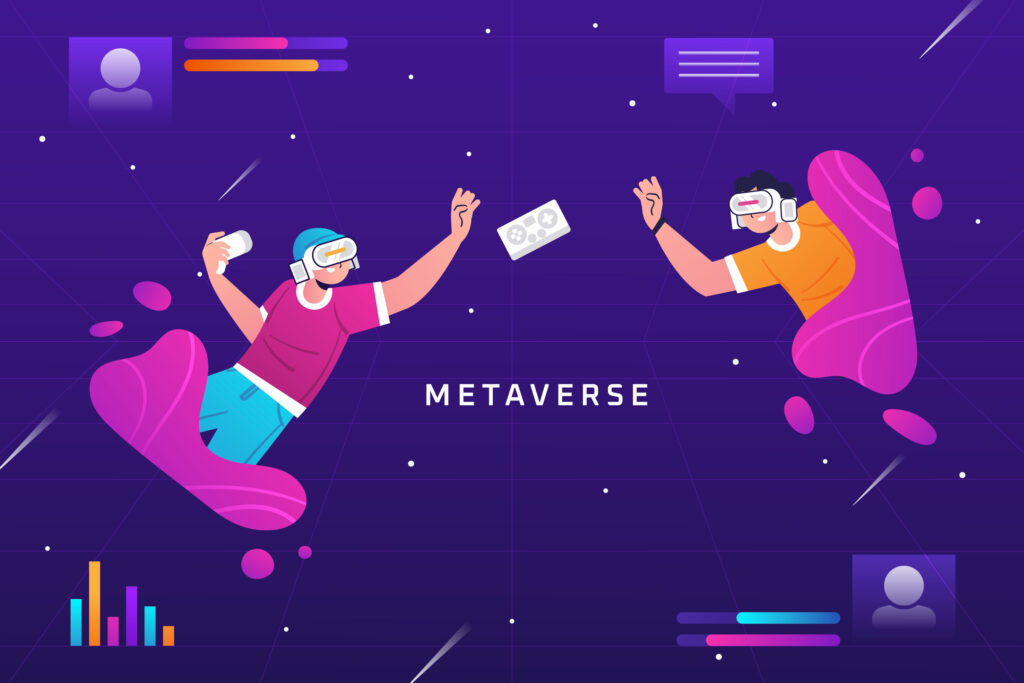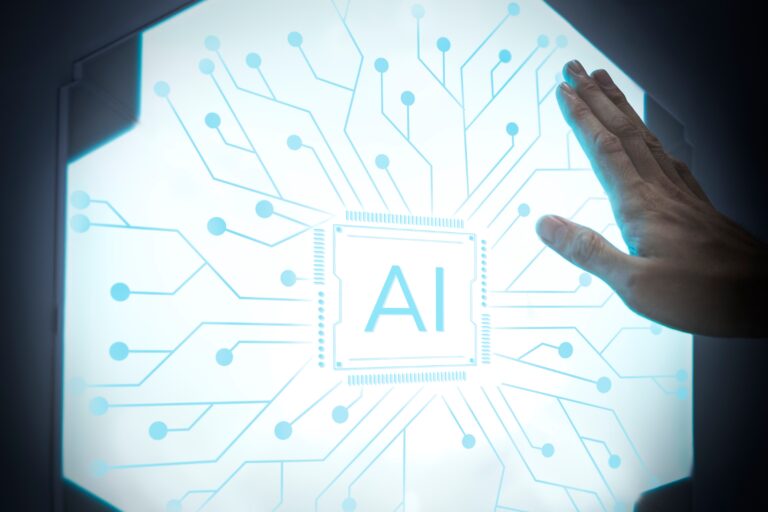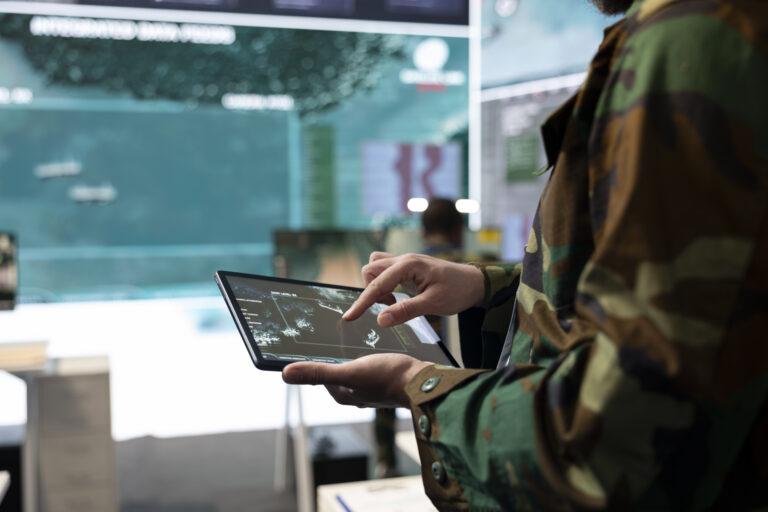
Introduction
Not long ago, the idea of walking through a virtual world, meeting friends as avatars, or attending concerts without leaving home sounded like science fiction. Yet today, that concept — known as the metaverse — is slowly becoming a reality. Fueled by advances in virtual reality (VR), augmented reality (AR), and artificial intelligence (AI), these digital universes are redefining how humans connect, work, learn, and experience entertainment.
The metaverse is not a single platform or app, but rather a shared and persistent virtual space where the physical and digital merge. It represents a profound change in the nature of online interaction — a shift from simply looking at the internet to living inside it.
But beyond the hype, this transformation raises deep questions about identity, economy, creativity, and even mental health. As we move further into these digital environments, understanding their impact and potential becomes essential.
What Is the Metaverse?
The term metaverse was first coined by author Neal Stephenson in his 1992 novel Snow Crash, describing a virtual world where people interacted through avatars. Decades later, this fiction is materializing through immersive technologies that allow users to engage with digital environments as if they were physical spaces.
Unlike traditional social networks, the metaverse emphasizes presence — the feeling of being there. Through headsets and sensory interfaces, users can walk through digital worlds, attend meetings, design objects, or even own virtual real estate.
Major companies such as Meta (formerly Facebook), Microsoft, and Epic Games are investing billions in developing these ecosystems. Meanwhile, smaller startups are focusing on niche virtual spaces — from art galleries to coworking environments — showing how diverse and decentralized the metaverse can be.
A New Economy in a Digital World
One of the most revolutionary aspects of the metaverse is the creation of a digital economy that mirrors, and sometimes surpasses, the physical one. Using blockchain technology and NFTs (non-fungible tokens), users can buy, sell, and trade virtual assets that hold real-world value.
Fashion brands like Gucci, Balenciaga, and Nike have launched virtual collections inside platforms such as Roblox and Decentraland. Virtual concerts featuring artists like Ariana Grande and Travis Scott have attracted millions of participants — generating revenue comparable to live events.
According to a report by McKinsey & Company (2024), the metaverse could generate up to $5 trillion in global value by 2030, mainly driven by e-commerce, gaming, education, and advertising. This means that the virtual economy is no longer just entertainment — it’s a serious business frontier.
The Impact on Work and Education
The pandemic accelerated the normalization of remote work and digital collaboration, setting the stage for metaverse-based workplaces. Platforms like Microsoft Mesh and Horizon Workrooms allow teams to meet in virtual offices, share 3D content, and collaborate as if they were in the same room.
In education, the potential is even greater. Virtual classrooms enable students to explore historical sites, conduct scientific experiments, or learn new skills in interactive, immersive environments. A study by Stanford University’s Virtual Human Interaction Lab found that students learning through VR retained information up to 75% better than through traditional online methods.
These innovations could democratize access to quality education and global talent, breaking geographical barriers. Yet, they also demand new digital literacy and infrastructure — a challenge for many regions still struggling with basic connectivity.

Psychological and Social Dimensions
While the metaverse promises connection, it also raises concerns about mental health and social detachment. Spending long hours in virtual spaces can blur the line between real and digital life. Psychologists warn about the potential for identity dissociation and digital addiction, especially among younger users.
Studies from the University of Eastern Finland and the World Health Organization highlight that prolonged screen exposure and lack of offline interaction can lead to anxiety, loneliness, and reduced empathy. The risk is not the technology itself, but the absence of balance.
Moreover, digital avatars and curated virtual lives might intensify social comparison, similar to what already happens on social media — but in an even more immersive form. The key will be developing digital well-being strategies alongside innovation.
Creativity, Culture, and Human Expression
Beyond economics and technology, the metaverse is becoming a new canvas for human creativity. Artists are building virtual exhibitions, architects design structures that defy the laws of physics, and musicians create multisensory performances impossible in the real world.
Cultural institutions like the Louvre and The British Museum are experimenting with virtual tours, making art and history accessible to anyone with a headset. These initiatives suggest that the metaverse could become the next stage in cultural democratization.
However, it also raises questions about ownership and authenticity. When everything can be replicated digitally, how do we define what’s original or valuable? Blockchain offers partial solutions, but the debate on digital identity and authorship is only beginning.
Ethical and Privacy Challenges
Like any new technological frontier, the metaverse brings ethical challenges that cannot be ignored. Issues of data privacy, harassment, and consent already exist on social networks, but the metaverse amplifies them because interactions feel more real and personal.
For instance, The Center for Countering Digital Hate (CCDH) reported multiple cases of inappropriate behavior in virtual environments, emphasizing the need for better moderation and regulation. As users spend more time in these spaces, companies must implement transparent systems to protect identity, personal data, and emotional well-being.
The balance between freedom and security will define whether the metaverse becomes a tool for empowerment or exploitation.
Conclusion
The metaverse represents both the next great evolution of the internet and a profound reflection of human ambition — to connect, create, and transcend physical limitations. Its potential to reshape work, education, art, and communication is immense, but it also comes with responsibilities we cannot overlook.
If built consciously, the metaverse could foster inclusion, creativity, and global collaboration on an unprecedented scale. But if left unchecked, it could deepen isolation, inequality, and data misuse.
The key lies in designing these digital worlds with ethics, empathy, and human purpose at their core. Only then will the next step in digital interaction truly move us forward — not just technologically, but also as a society.






